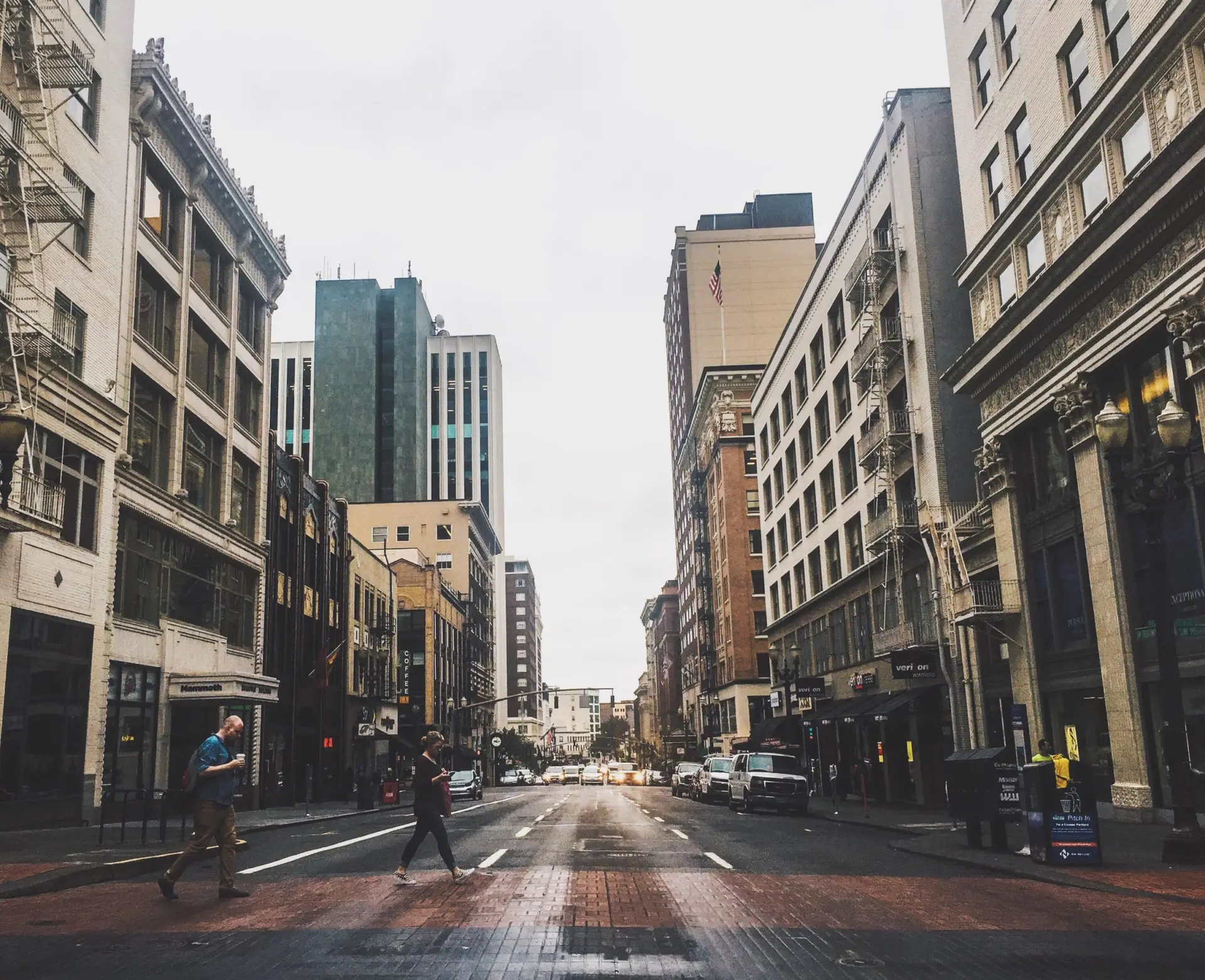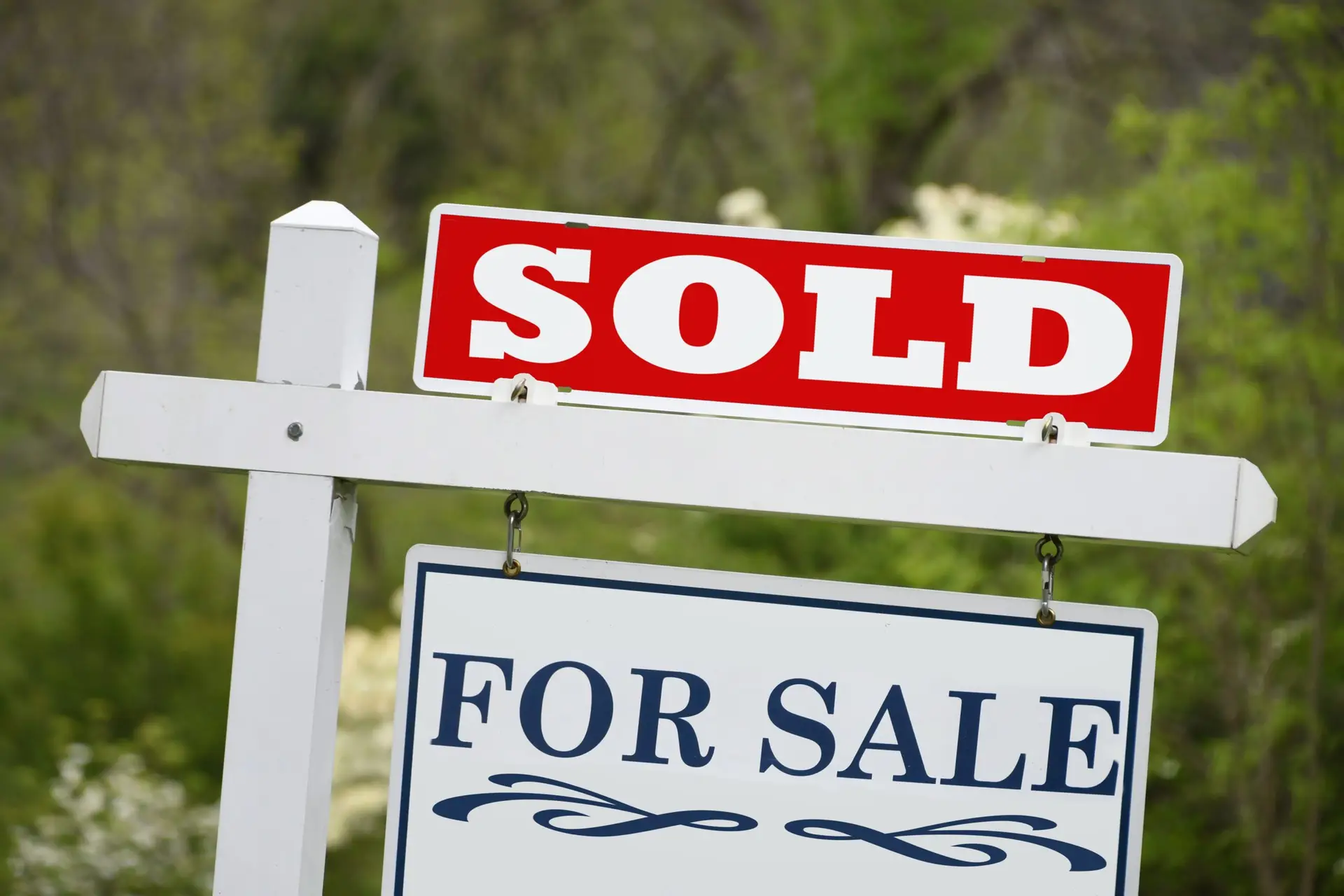The concept of mixed-use buildings is not new, but its popularity has ebbed and flowed throughout the centuries. Most recently, the concept of living, working, shopping, and socializing all within a small geographical area has once again been revived. Let’s explore exactly what mixed-use buildings are and what the benefits are of owning and operating them.
What is a Mixed-Use Building?
Mixed-use buildings are defined as combinations of residential, commercial, industrial, and retail spaces within close proximity to one another forming live-eat-work communities. Think of a traditional “Main Street” in an old-time town, where businesses and shops lined the street and residential homes naturally rooted around that source. Many of the ground floor businesses on Main Streets housed upper floor dwellings for the owner or renters to live. As zoning laws progressed, we were then regulated on which businesses could function where thus blurring the live-eat-work style of the community.
Over time, land use became more distinct. This is illustrated by large retail plazas, industrial parks, and residential home developments. More recently, younger generations have embraced the diversity, walkability, and vibrant social life of true city life. They were drawn to the idea of a closer proximity lifestyle so the popularity of a mixed-use building lifestyle has resurfaced.
Types of Mixed-Use Buildings
“Main Street”
This concept has survived long-term but has evolved accordingly. Where “mom and pop” stores once stood, now you will find entertainment venues, restaurants, services, and hospitality storefronts. Above or behind these storefronts, you will find apartments or condominiums. Many downtown city areas have been revitalized because of this mixed-use shift.
Vertical Mixed-Use Developments
Vertical mixed-use developments house a wide range of different businesses. The lower floors will most often house government offices, restaurants, coffee shops, or any other office space where foot traffic is encouraged. The upper floors will usually house private condos, loft apartments, or even hotels.
Horizontal Mixed-Use Developments
With a larger plot of land and building to dedicate, horizontal mixed-use developments often become communities within a community. The combination of private dwellings and retail shops paired with the walkability allows residents to stay close to home but also have their needs filled easily. You will often find older industrial buildings revamped into horizontal mixed-use developments.
Department Store/Mall Conversions
With the rise of online shopping, many large shopping malls and department stores have been forced to close their doors. This leaves vast prime real estate open for a mixed-use conversion. Many of the empty retail centers have been redeveloped into property more useful for the current time and economical climate. A great example of a mall conversion is in Montgomery, Ala. The abandoned Montgomery Mall was converted to house a fire station that was in desperate need of more space. Once established, the city is discussing plans to convert other portions of the large shopping facility for other needs of the Montgomery Police Department.
Benefits of Mixed-Use Developments
Mixed-Use Buildings Appeal to a Wide Range of Ages
Both senior citizens and young professionals alike appreciate the simplicity and walkability of mixed-use buildings. There is a lot to be said about being able to walk or ride a bike to pick up dinner from your local grocery store, visit the dry cleaners, and also have a nice night of entertainment. Business owners rely on the relationships built from this live-work-eat lifestyle also. Easy access and good location are huge selling points when setting up a business in a mixed-use building.
Brick and Mortar Businesses are Still In Demand
Even though some retail brick and mortar stores have been forced to shut down with the competition of online ordering, service-related retail stores will always need a home base of operation. Salons, doctor’s offices, restaurants, and coffee shops will always have foot traffic and can benefit from mixed-use developments.
Commercial Tenants Are a Breath of Fresh Air
If you are leery of doing business with residential tenants, then commercial tenants may be a breath of fresh air! The motivation of keeping a nice-looking storefront for their customers helps ensure that they keep the property well maintained on their own. In addition, many property owners may choose to take advantage of net-lease agreements. A net-lease agreement is an agreement between the owner and tenant in that the tenant will pay property taxes, building insurance, and maintenance fees in exchange for a lower rent charge. There are different options for net lease agreements should you choose to pursue one.
Engineering Design Group can Help!
If you are involved in a mixed-use building development, our team at EDG can help. We provide professional civil engineering and project management services. Contact us today to find out how we can help you get started!


